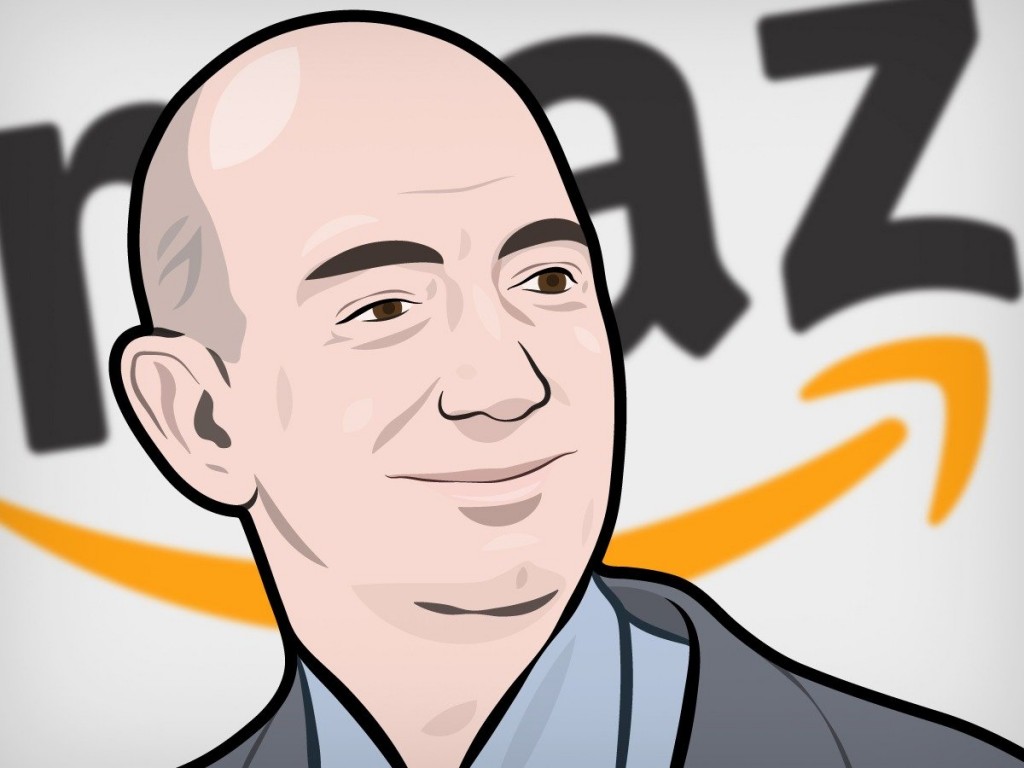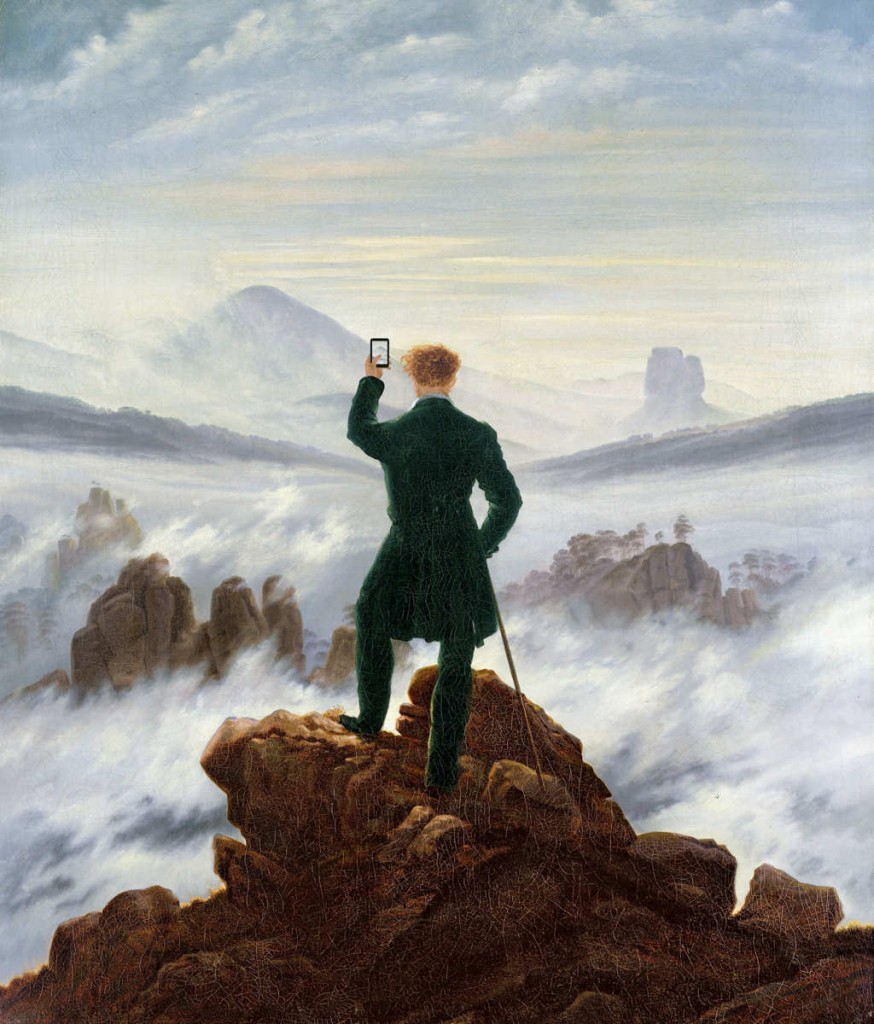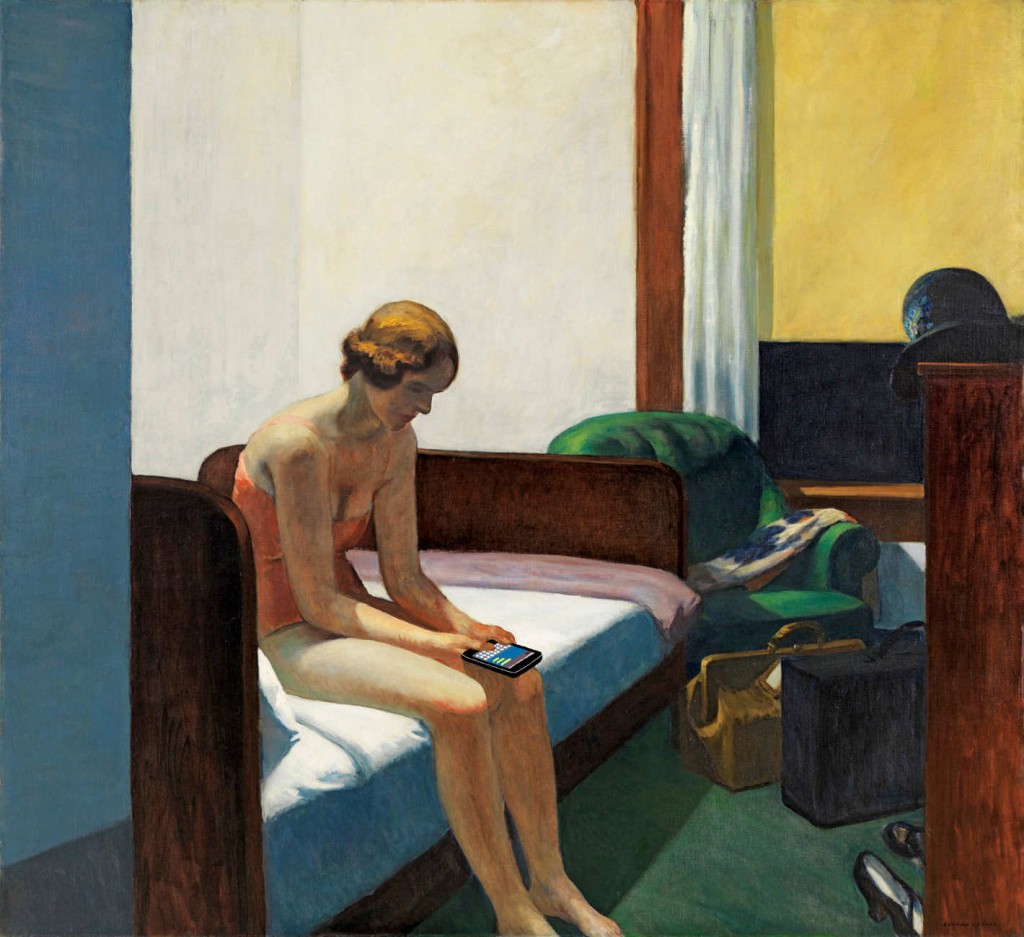Your writing is nowhere near as good as you think it is, says new study
In a recent survey respondents were asked “On average, rated from 1–10, how effective is the material that you read?”
Respondents rated the average effectiveness of what they read at a pathetic 5.4.
By comparison, they rated the effectiveness of what they write at 6.9.
Who, then, is writing this dreadful stuff?
We are. We just don’t realize how our ineffective writing frustrates those around us.
We read and write all day long now. Reading on a computer or phone makes concentration far more difficult. Let’s admit that we have a writing problem. That’s the only way things are going to get any better.
There are four steps you can take to fix your writing.
- Challenge yourself to be more concise. Whether you’re writing an email or a report, ask yourself if you’ve made it too long, failing to get to the point quickly enough. If you chopped out a sentence or two — or eight — would the reader notice it was missing?
- Identify your bad habits. Learn to recognize jargon, passive constructions (“something must be done!”), and imprecise language as bad habits that make it harder for others to get the meaning of what you’re saying.
- Pair up with another writer. People tend to have complementary problems: Maybe you write too long, while your colleague has problems organizing ideas. The job of an editor or a peer reviewer is to show you what you cannot see. That’s why two flawed writers can make each other better.
- Build disciplined feedback into writing processes. When good writers are whipsawed by contradictory reviews, it leads to bad results. With sufficient notice and carefully organized review cycles, you can fix problems and keep your writing coherent.
Or you can take Furthr’s business writing for leaders course.
Posted in: Infographic of the day | Leave a Comment








